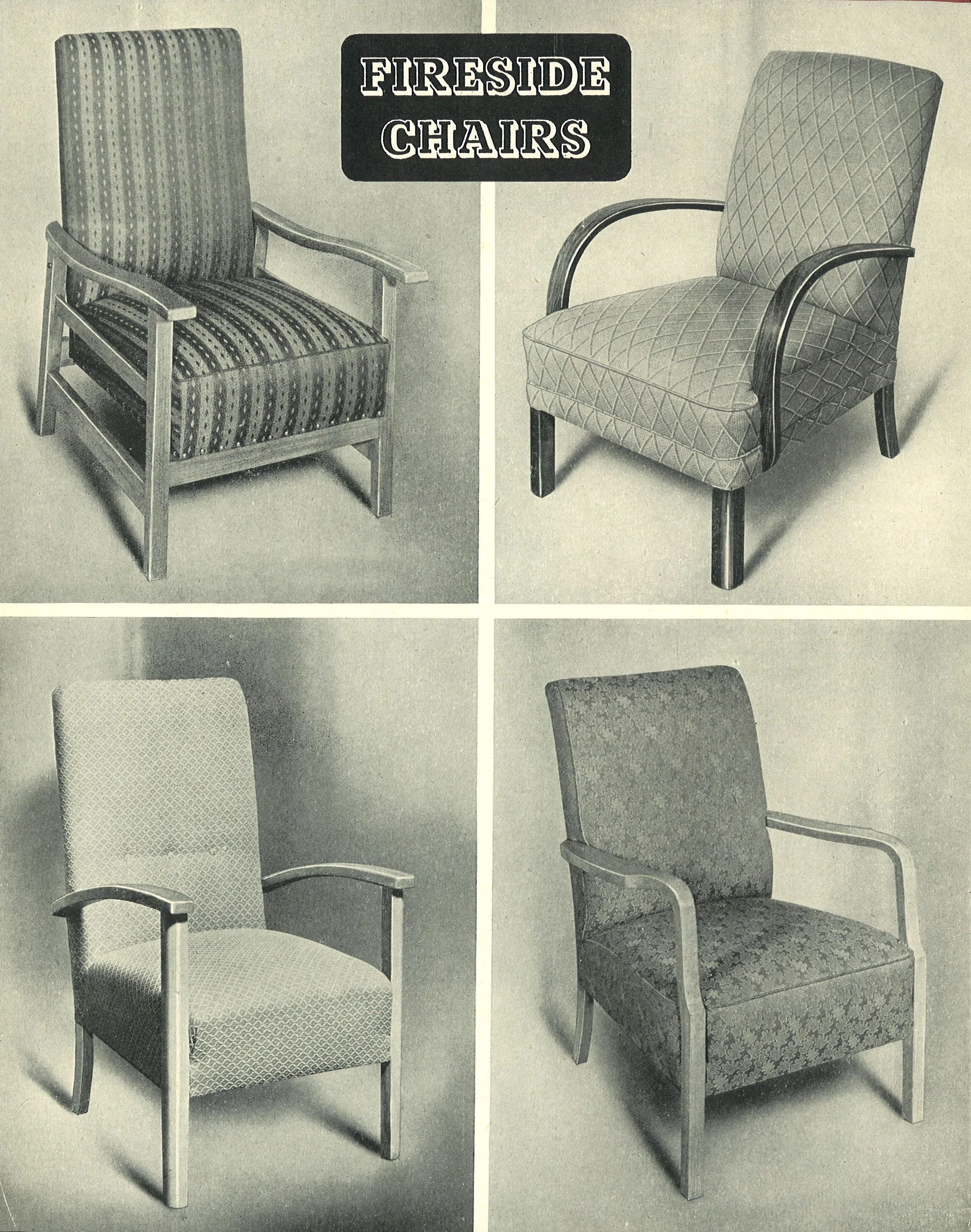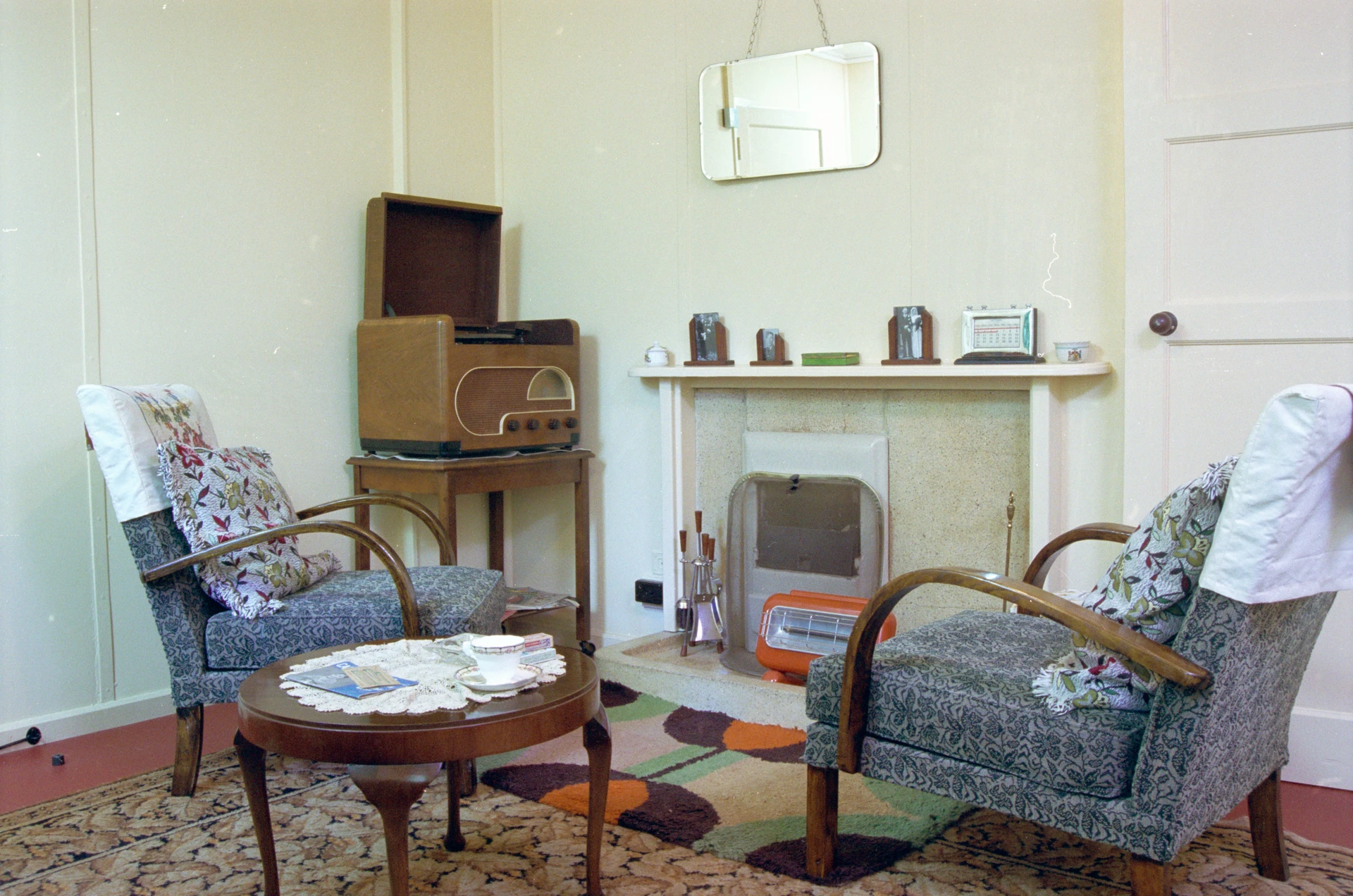Rationing furniture during the Second World War
Page from utility furniture catalogue, 1947
Reusing, recycling and make do and mend was part of life during the harsh rationing of the Second World War. Everyday materials that would have once been in abundance were scarce so buying from new wasn’t an option for many. The only new furniture produced during the war came under a government rationing scheme.
In 1941, the Board of Trade designed a collection of furniture of simple design that could be produced cheaply, which was referred to as ‘utility furniture’. In 1942, Sir Hugh Dalton, the Chair of the Board of Trade announced their aim:
To secure the production of furniture of sound construction, in simple but agreeable designs and at reasonable prices.
The first utility furniture catalogue was published in 1943 with a collection of around 30 pieces. They were designed by the advisory committee headed by furniture designer, Gordon Russell. The pieces were simple and modern, with a nod to the arts and crafts style. Every piece produced had to conform to the utility scheme standards and was stamped with the logo, ‘CC41’ (Controlled Commodity 1941).
Utility furniture was available to order either from the catalogue or local shops and was paid for through a voucher scheme. Every piece was valued in units, for example a fireside chair was worth 6 units and a sideboard was worth 8 units. Not everyone was elegible and people would apply for a permit before receiving up to 30 units worth of vouchers. Priority was given to those who had lost their homes during the war and to young couples moving to new homes such as the prefabs.
A few pieces of utility furniture are on display in the Prefab at St Fagans National Museum of History. The prefabs were built in response to the housing shortage after the war. They were cleverly designed to include fitted storage cupboards in every room in order to limit the amount of new furniture needed. The end of the war in 1945 wasn’t the end of rationing and the utility scheme persisted through the years of austerity until 1952.

